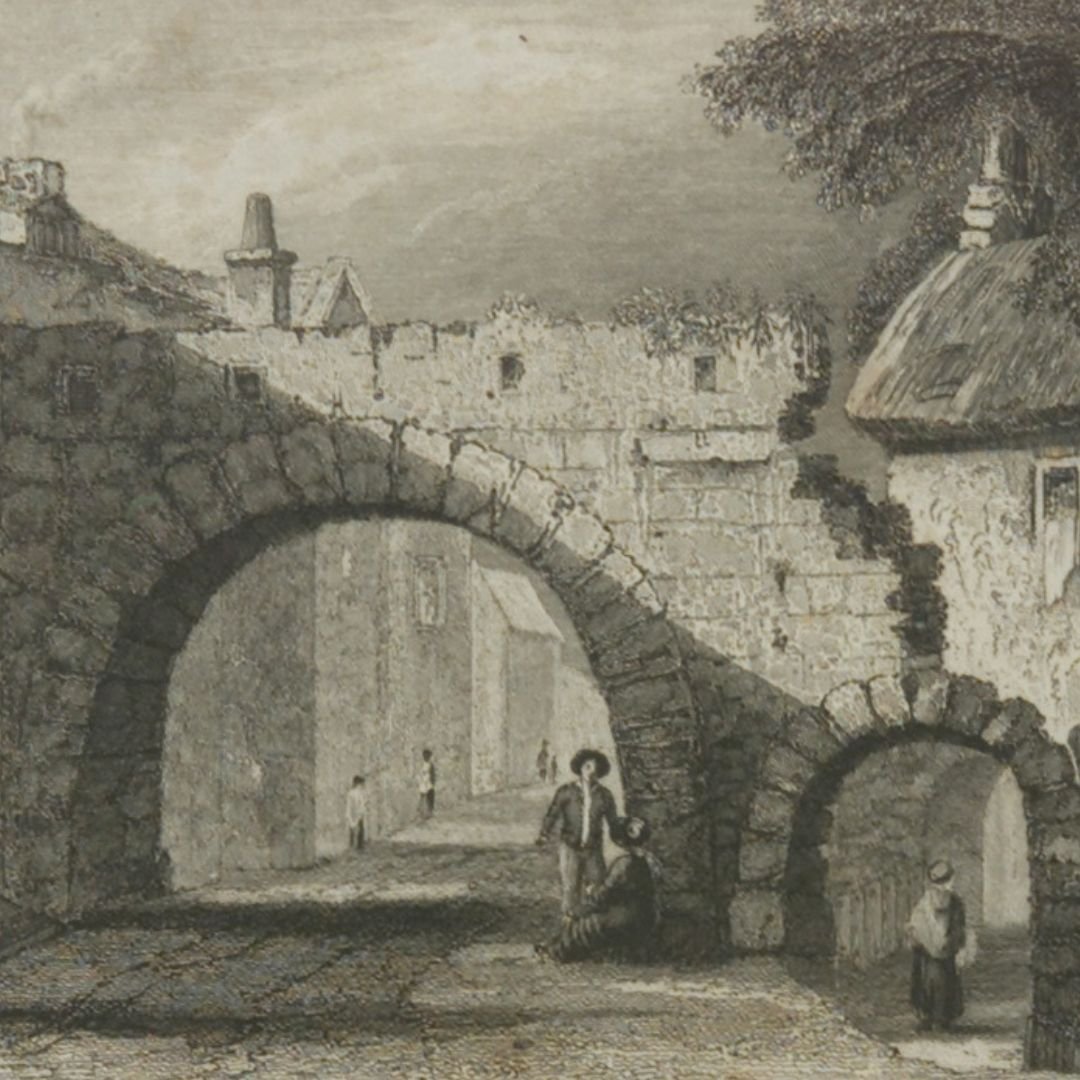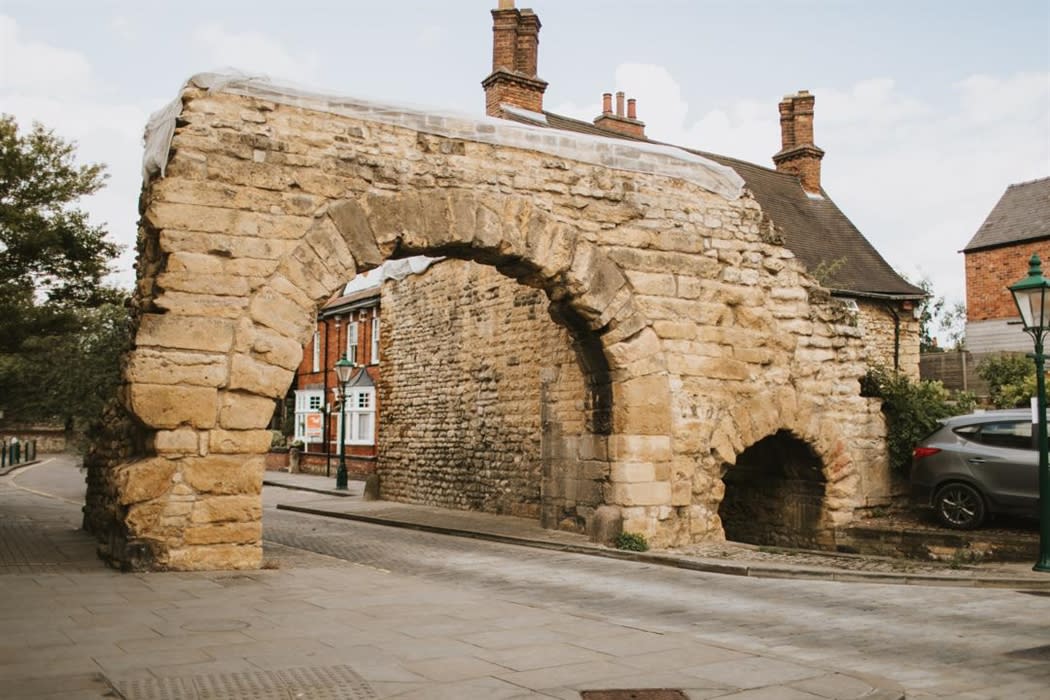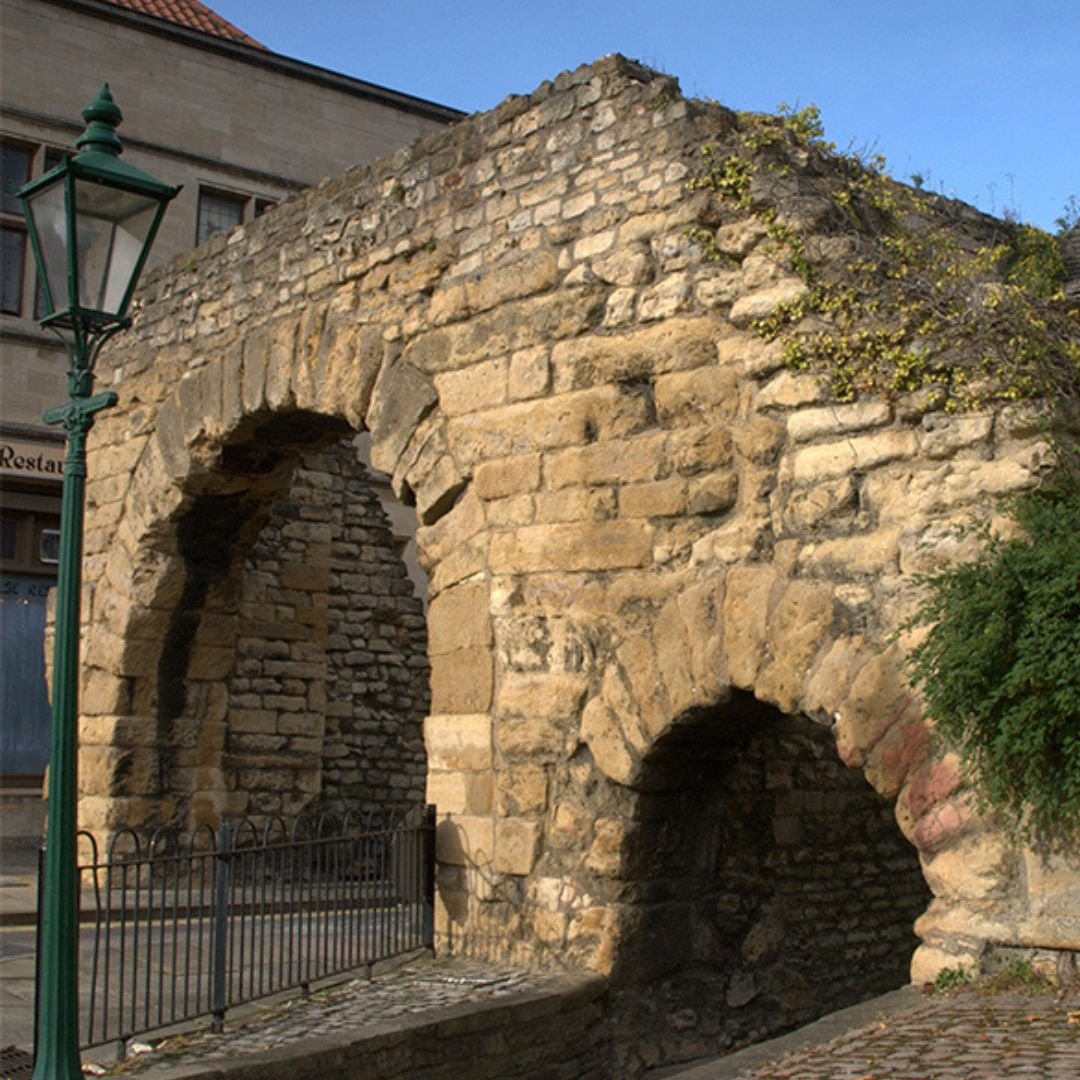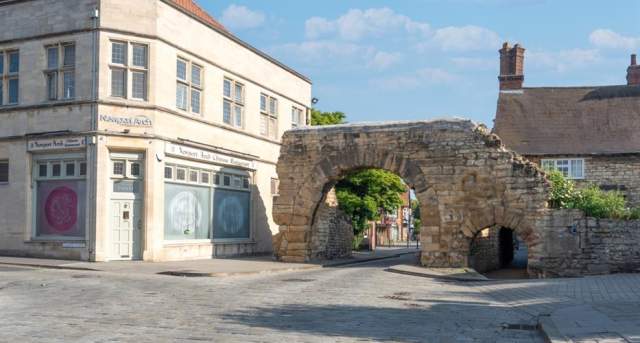Introduction to Newport Arch
Newport Arch in Lincoln stands as one of Roman Britain’s most remarkable architectural achievements. Known as the oldest archway in the UK still in use for traffic today, it represents a rare surviving gateway from Lindum Colonia’s Upper Roman City, dating back to the 3rd century AD. Its continued functionality not only showcases the durability of Roman engineering but also highlights the region’s dedication to preserving its ancient history.

Historical Significance of Lindum Colonia
Originally, Lindum Colonia was a strategic Roman settlement, and Newport Arch served as its northern gate. This Roman city, now modern Lincoln, was positioned along Ermine Street, a major Roman route that connected key locations across Britain. Serving as a primary entryway, Newport Arch was part of the city’s fortified walls, a defensive structure intended to protect Lindum Colonia and symbolize Roman power and engineering expertise.
Roman Engineering and Newport Arch’s Construction
The arch was constructed using robust stone materials, showcasing the Romans’ advanced skills in both design and functionality. Newport Arch was designed to withstand the test of time, with the strong stone materials and precise engineering creating a structure capable of supporting the city’s military and civilian traffic. Even after nearly 1,800 years, the arch has required minimal structural alteration, allowing it to serve as a gateway to history for modern-day visitors.

Medieval Modifications and Preservation
Although Newport Arch remains largely as the Romans built it, medieval modifications have added to its northern side. These additions expanded and reinforced the archway, helping it adapt to the city’s changing needs while preserving its core Roman structure. The medieval builders respected the arch’s historical significance and chose to integrate their additions seamlessly, allowing it to continue standing proudly in the heart of Lincoln.
Newport Cottage and the Original Roman Wall
Next to Newport Arch, visitors can also observe a portion of the original Roman wall near Newport Cottage. This wall segment, once part of Lindum Colonia’s fortified perimeter, offers a rare glimpse into the city’s ancient defenses. The wall and the arch together create a compelling historical narrative, illustrating both the architectural sophistication of Roman Britain and the area’s evolution over the centuries.

A Landmark of Ancient and Modern Significance
Today, Newport Arch is not only an architectural marvel but also a symbol of Lincoln’s heritage. Its ability to accommodate modern traffic is a testament to Roman ingenuity and the dedication of generations who have preserved this ancient structure. By keeping Newport Arch intact, the people of Lincoln have ensured that locals and tourists alike can experience a living piece of Britain’s Roman past.

Conclusion
Newport Arch’s resilience and historical significance make it a standout landmark in Roman Britain’s legacy. Its preservation is a tribute to both the strength of Roman engineering and Lincoln’s respect for its ancient roots, allowing Newport Arch to bridge the centuries and maintain its place in the life of the city. This enduring monument not only connects us to Britain’s ancient history but also reminds us of the remarkable skills and cultural priorities of the civilizations that shaped our present landscape.

